A Disa HPSA test unit used in a study in the Navajo Nation. (Photo: Disa Technologies)
The Nuclear Regulatory Commission has received a license application from Disa Technologies to use high-pressure slurry ablation (HPSA) technology for remediating abandoned uranium mine waste at inactive mining sites. Disa’s headquarters in are Casper, Wyo.
A whitetail buck stops at the Fernald Preserve.
(Photo: Jeff Sluder/LM)
Focused on the post-cleanup management of closed Department of Energy sites, the DOE Office of Legacy Management (LM) is responsible for the long-term surveillance and maintenance of more than 100 sites across the United States and Puerto Rico associated with past radiological and nuclear material production and testing, and energy research—some dating from as early as the Manhattan Project. With cleanup completed, many of these sites have been put to beneficial reuse and repurposed as parks and nature preserves, where visitors can witness the return of thriving ecosystems.
Idaho National Laboratory employees consult on a microgrid at Utah’s Dugway Proving Ground. Two solar projects were selected for development on INL land. (Photo: INL)
On July 28, 2023, the Department of Energy launched its Cleanup to Clean Energy initiative, an effort to repurpose underutilized DOE-owned property—portions of which were previously used in the nation’s nuclear weapons program—into the sites of clean-energy generation.
Crews demolished a former chemical storage area at the Hanford Site’s Reduction Oxidation Plant. (Photos: DOE)
Workers with the Department of Energy Office of Environmental Management’s contractor Central Plateau Cleanup Company recently demolished a former chemical storage area at the Reduction Oxidation Plant, one of five former plutonium production facilities at the Hanford Site.
The Waste Isolation Pilot Plant in southeastern New Mexico. (Photo: DOE)
Juno Beach, Fla.–based NextEra Energy Resources Development has been selected to enter realty negotiations for a large-scale solar electricity generation project at the DOE’s Waste Isolation Pilot Plant (WIPP) in southeastern New Mexico as part of the department’s Cleanup to Clean Energy initiative.
The D Area Groundwater Treatability Study project team assesses artesian flow into injection well at the Savannah River Site. (Photo: SRNS)
Savannah River Nuclear Solutions (SRNS), the management and operations contractor for the Department of Energy’s Savannah River Site, announced that it has injected more than 100 million gallons of clean artesian well water to neutralize shallow groundwater contamination underneath 33 acres of a former coal storage yard and the associated runoff basin at the site in South Carolina. According to Ashley Shull, senior scientist for the project, “100 million gallons is nine times more water than [is] contained in the Georgia Aquarium in Atlanta.”
The Paducah Site. (Photo: DOE)
The Department of Energy’s Office of Environmental Management has issued a final request for proposals for an infrastructure support services (ISS) contract at the department’s Paducah Site in Kentucky, which is the former home of the Paducah gaseous diffusion uranium enrichment plant. DOE-EM has conducted extensive cleanup and environmental remediation activities at the site since the late 1980s.
The Materials and Fuels Complex at INL. (Photo: INL)
The Department of Energy will enter into lease negotiations with two solar energy developers for 400 megawatts of solar electricity generation within the Idaho National Laboratory site. Announced on June 5, the projects are the first proposed projects selected under the department’s Cleanup to Clean Energy initiative, an effort to repurpose parts of DOE-owned lands—portions of which were previously used in the nation’s nuclear weapons program—into sites of clean-energy generation, including for solar, geothermal, wind, and nuclear.
UCOR employees use a crane to load the Low Intensity Test Reactor vessel for transport to its final disposition location in Clive, Utah. (Photo: DOE)
The Department of Energy’s Office of Environmental Management announced that the 30-foot-long, 37,600-pound reactor vessel from Oak Ridge National Laboratory’s Low Intensity Test Reactor was shipped to EnergySolutions’ low-level radioactive waste facility in Clive, Utah, in late April.
Methane emissions from cows are surprisingly important as a greenhouse gas. (Photo: Martin Abegglen)
In discussing how to counter global warming, it’s pretty easy to argue that nuclear should be the major electricity source and heat producer to replace fossil fuels. At 6 grams per kilowatt-hour, it has the lowest carbon emissions of any energy source, according to the United Nations, and is objectively the safest form of energy for humans and the environment alike, again from a recent UN report.
The DOE's Waste Isolation Pilot Plant. (Photo: DOE)
Click to expand to see all priorities. (Image: DOE)
The Department of Energy’s Office of Environmental Management has released its program priorities for calendar year 2024, covering key cleanup actions, project construction, acquisition, and other important activities that will further the office’s mission of addressing the environmental legacy of the nation’s nuclear research and weapons development.
The DOE’s Hanford Site. (Image: Washington River Protection Solutions)
The Department of Energy’s Office of Environmental Management issued for public comment the first request for qualifications (RFQ) related to the department’s Cleanup to Clean Energy initiative, which aims to increase energy production by making DOE land available for the potential development of carbon-free energy (CFE) electricity generation through leases.
A radiation detection drone was tested at the Portsmouth site in southern Ohio. (Photo: DOE)
Through a collaborative effort between the Department of Energy’s Office of Environmental Management and the state of Ohio, a drone outfitted with radiation detectors underwent testing recently at the site of the Portsmouth Gaseous Diffusion Plant for potential future use.





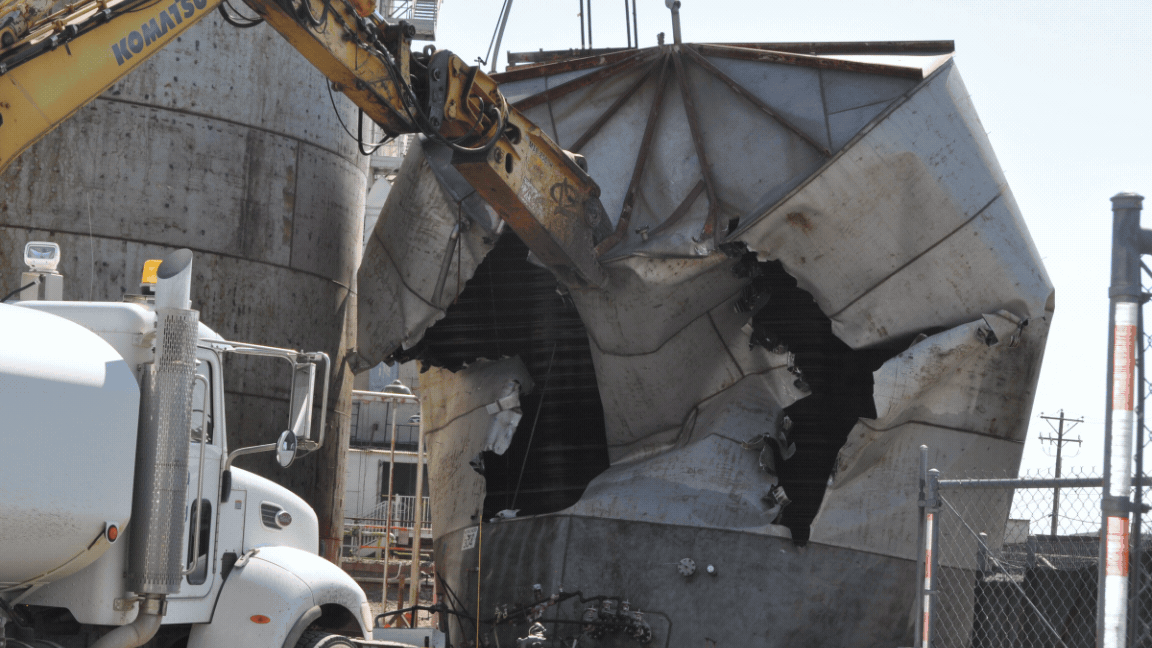

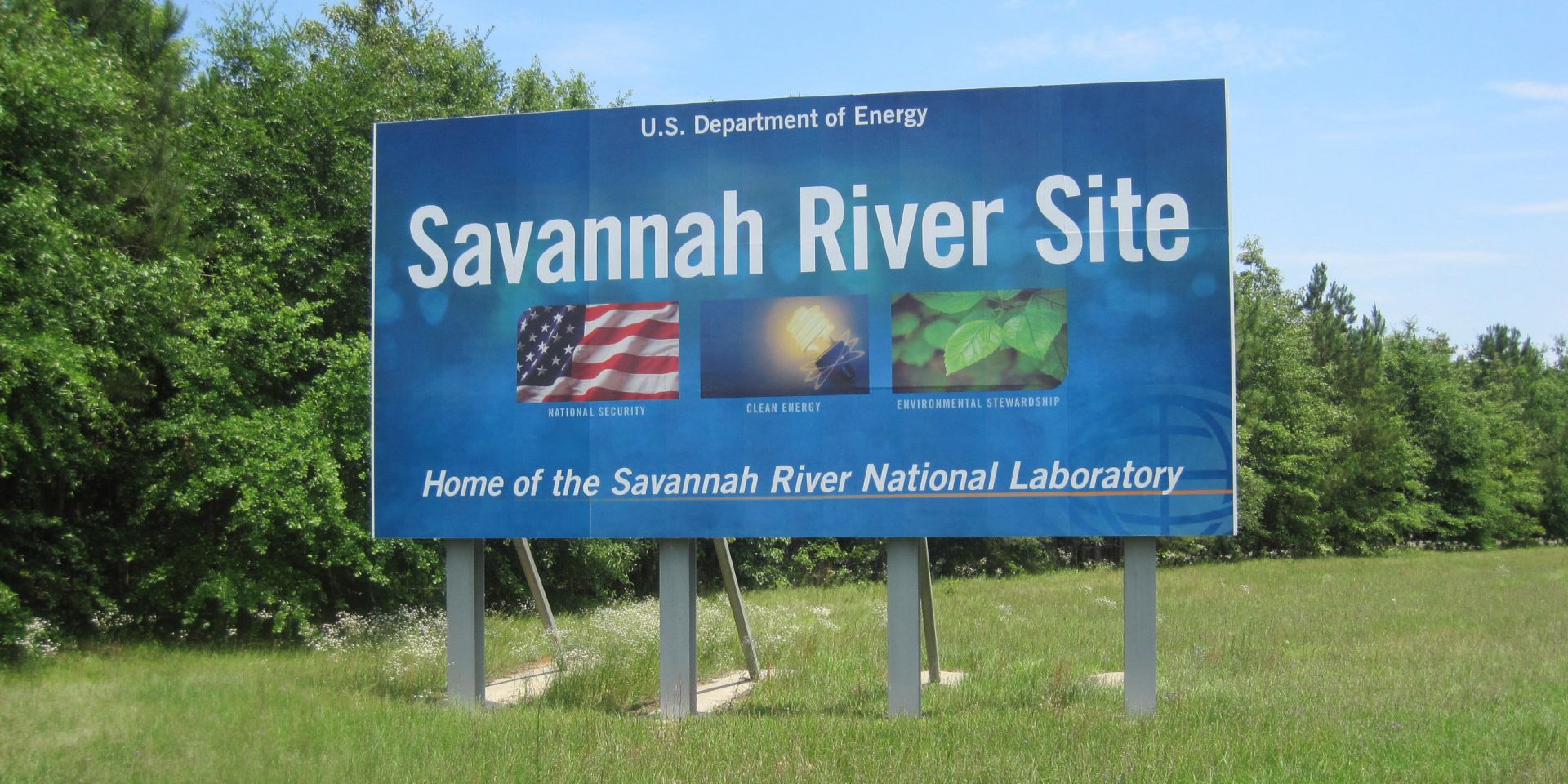
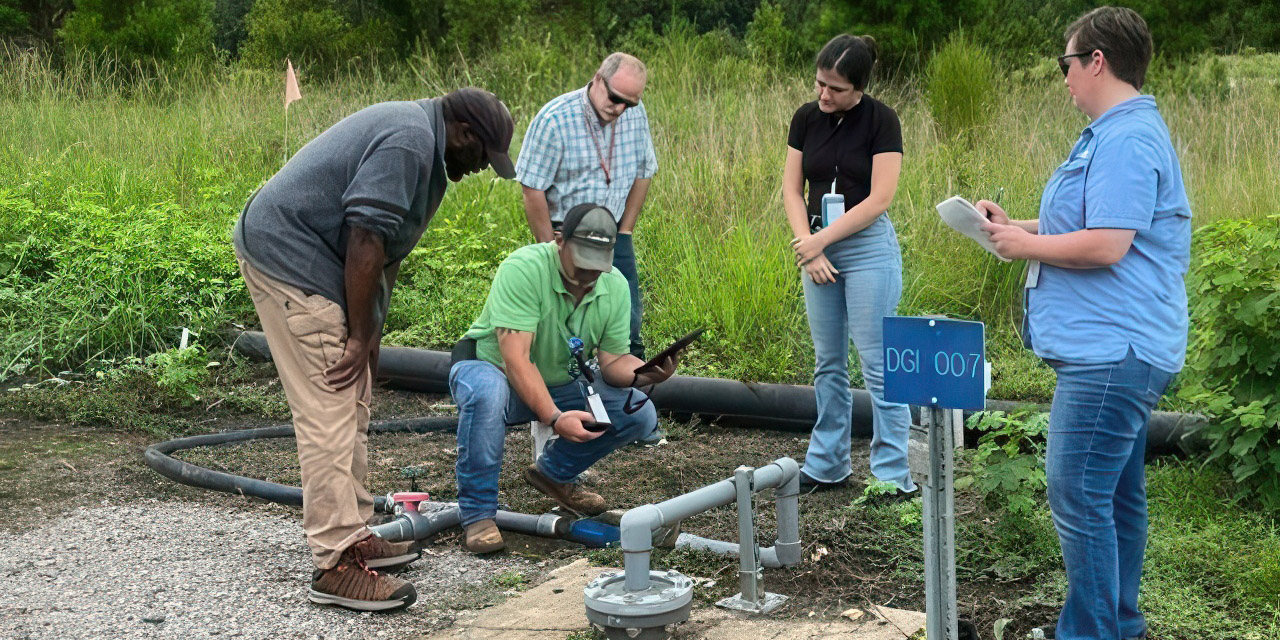
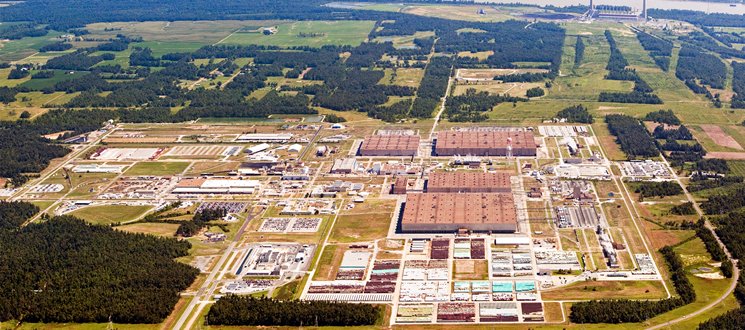
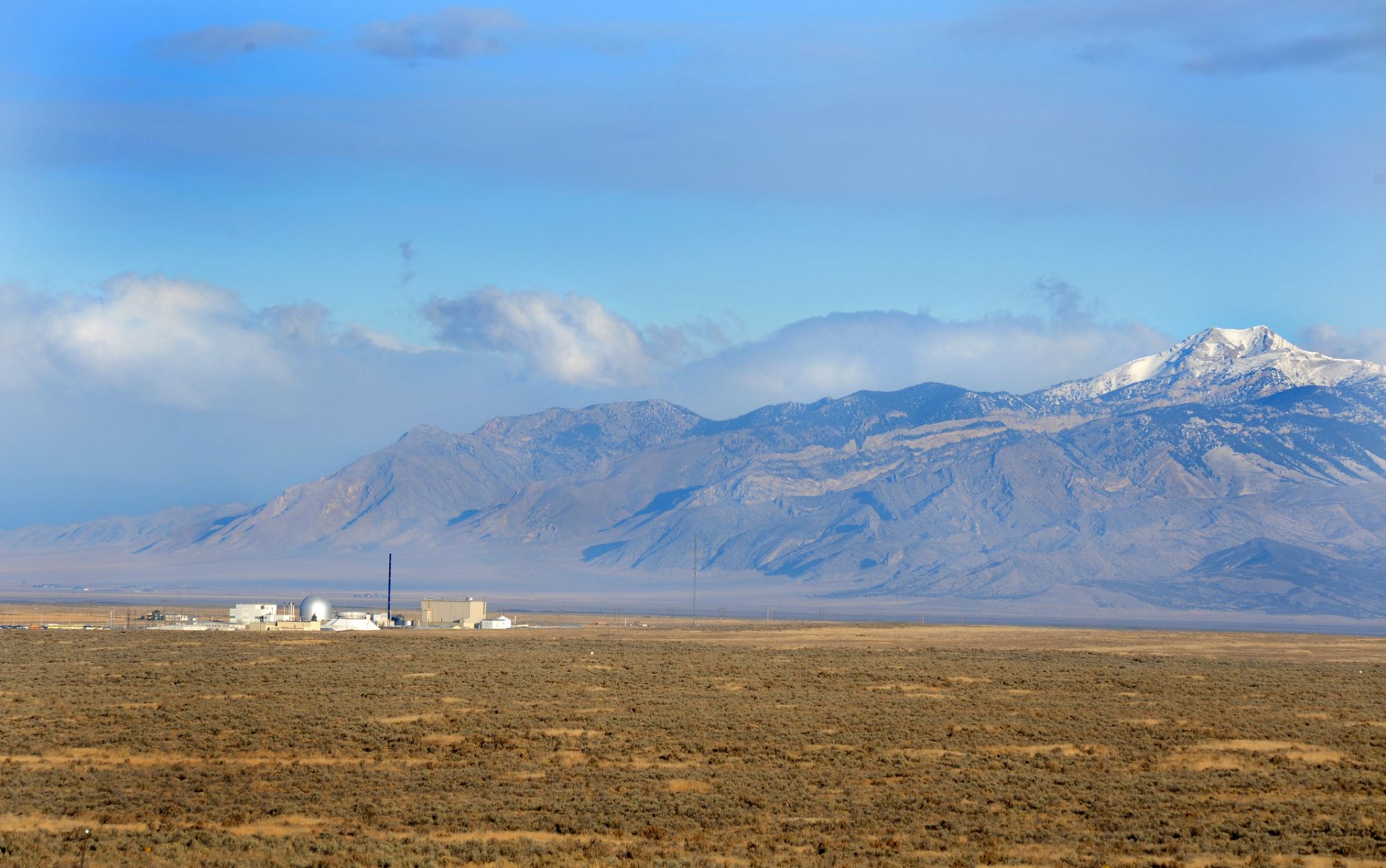
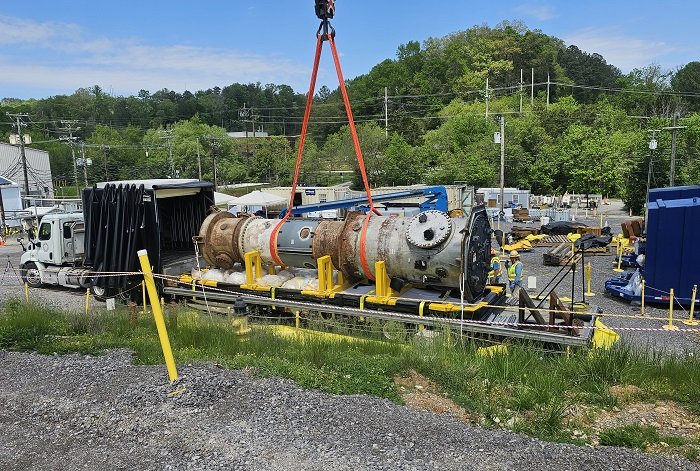

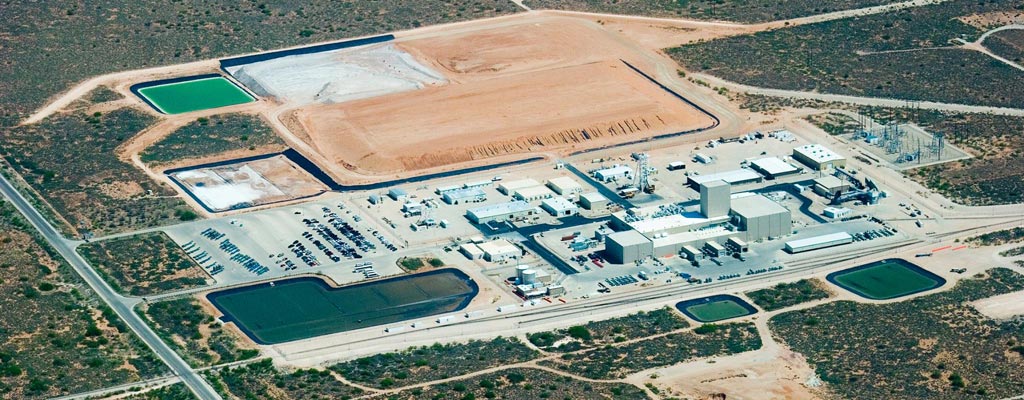

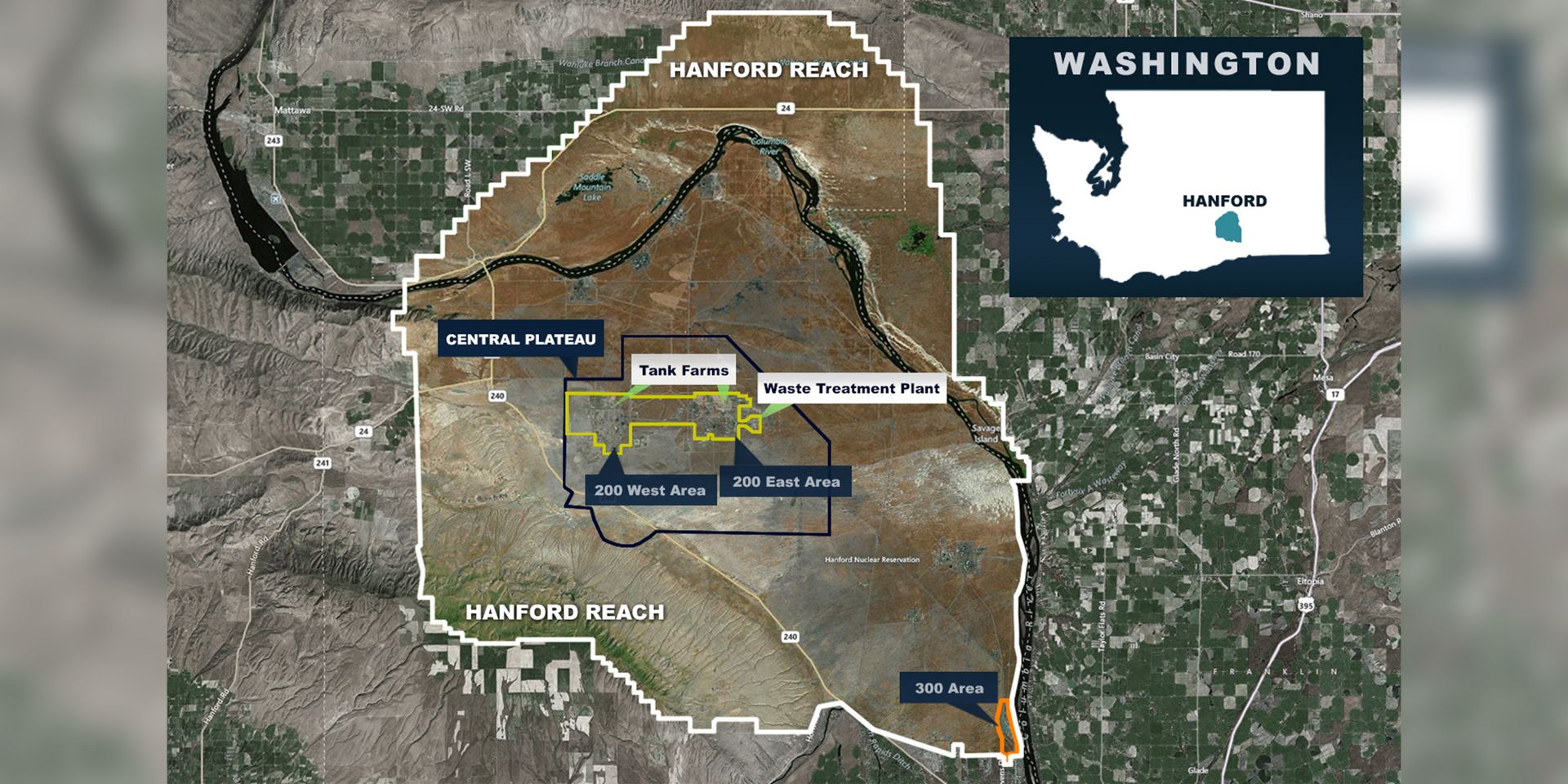
 The Department of Energy, in its
The Department of Energy, in its 